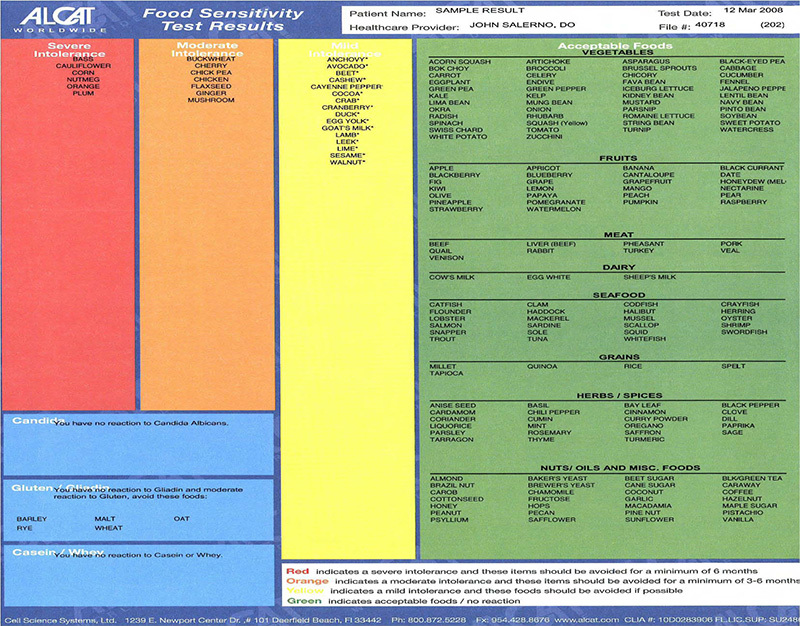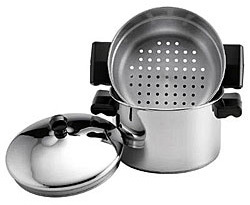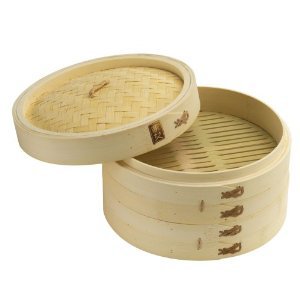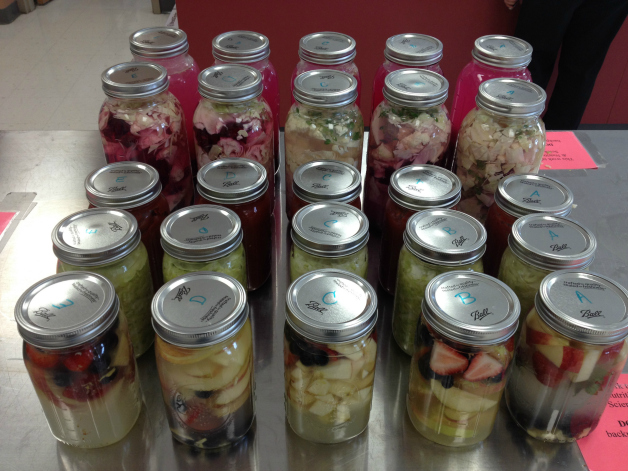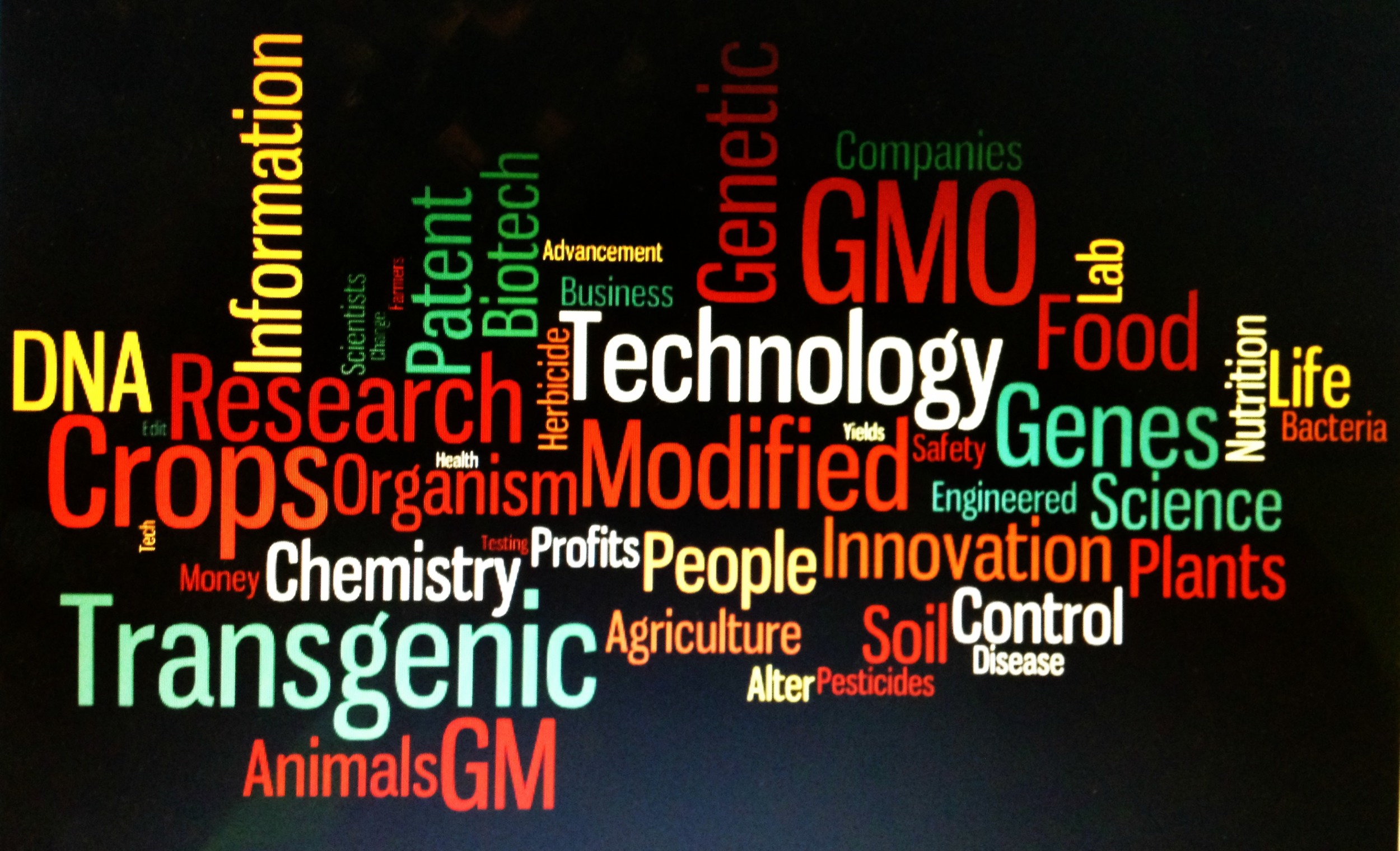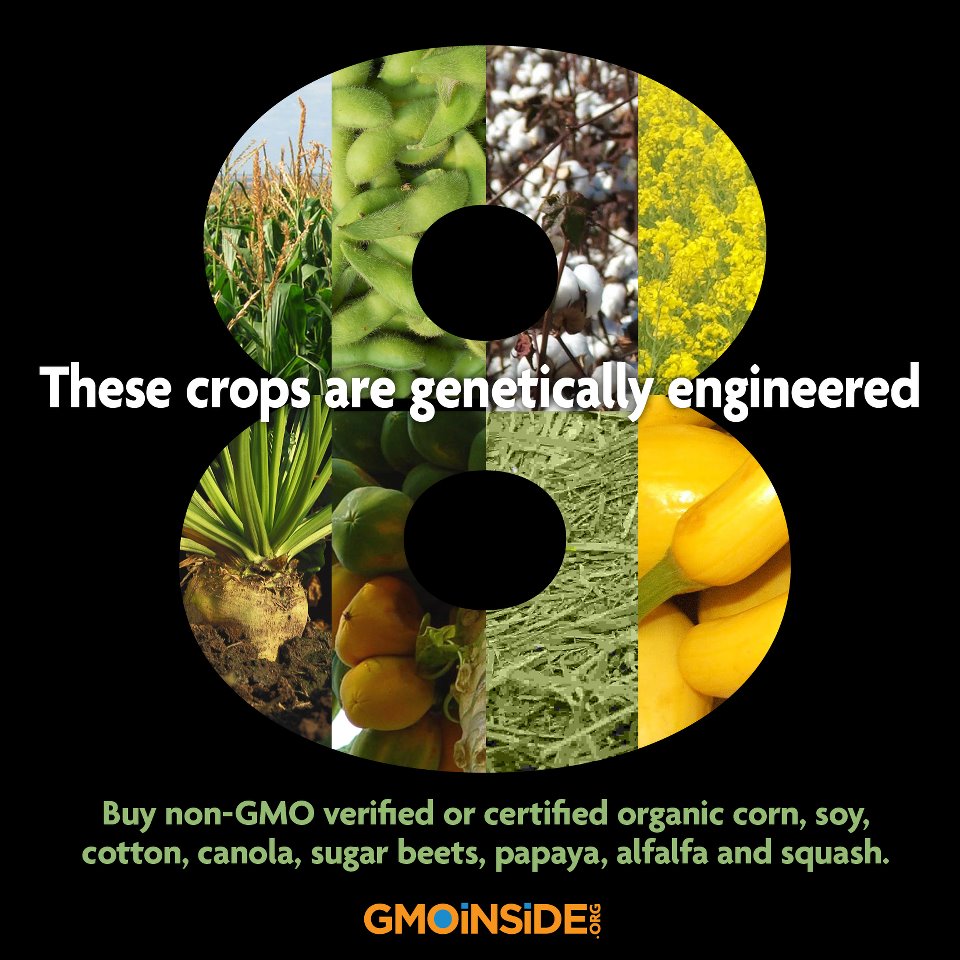Help! My Allergy Test Says I'm Allergic to Everything!
/I've had a couple of clients come to me in a panic saying that they can't eat anything because the food allergy test their doctor ordered came back saying that they are allergic to practically everything. The good news, I reassure them, is that they are not really allergic to everything that popped up on that list.
If you have a food allergy test done that comes back identifying a huge number of food culprits, then the real problem is that you have an irritated/inflamed gut lining commonly referred to as leaky gut.
The cells that line your gut are called enterocytes. Enterocytes are supposed to be joined together very tightly with "tight junctions" in order to prevent any food particles that are not properly digested from getting absorbed. With leaky gut, the enterocytes have become damaged and spaces are created between the cells that allow for large, undigested proteins to get through.
via scdlifestyle.com
These proteins are identified by the body's immune system as "foreigners" and an immune reaction occurs. This reaction will be identified on your allergy test results as an allergic reaction. Essentially, with leaky gut, the food that you consume can get through those gaps without being properly digested and cause a reaction. Yet, if your gut lining was healthy, those foods wouldn't cause any problem.
So how do you fix this?
REMOVE true irritants
If there are a few foods that show up on your allergy test as being spiked much higher than all of the other foods, then you may have a true allergy to those particular foods. Common examples are casein (a protein found in dairy), gluten (a protein found in wheat, rye, and barley) and nuts. You will also want to remove any universally inflammatory foods such as processed sugar, trans fats, coffee and alcohol. (I know, the last two suck, but if you are a regular consumer of coffee and/or alcohol and you have a leaky gut, you really ought to remove them temporarily while your gut heals and then you can try reintroducing them later.)
REPAIR your gut
Simply removing many offending foods will help your gut wall out a lot, but usually your enterocytes need some additional help. There are many things that can help heal your gut, but my two favorites are:
Supplement: L-Glutamine
Food: Bone Broth and Mineral Broth
L-Glutamine is the primary food source for the enterocytes and will help them heal. Broths, both bone and vegetable mineral, are very healing and help to provide critical minerals that may be missing from your diet. For bone broth I use Sally Fallon's recipe, and for a vegetable broth I use Rebecca Katz's Magic Mineral Broth.
Reinnoculate
If you have leaky gut syndrome, your poor gut has been through the ringer. You need the good guys to help you out. The good guys being good gut bacteria known as probiotics.
Supplement: Sacchromyces Boulardii is great, or a good quality multi-strain capsule with at least 10 billion per cap.
Food: Fermented Foods!! Check out my post on how to ferment.
Reintroduce
The last step is to reintroduce some foods one at a time. Truly, all of this should be done under the supervision of a health care professional and that is especially true for this step. If you are interested in working with me, please visit my Work With Me page. This step needs to be closely monitored because reactions can sometimes take up to a few days to show up. Also, sometimes a small amount won't cause a reaction, but larger amounts will so that will also need to be evaluated.
All in all, leaky gut syndrome is a serious enough condition that you really ought to be under the care of a healthcare professional who can guide you towards healing. The good news is that healing is possible, and since so many issues come back to digestive health, repairing your gut can have a profound improvement upon your life.
